2023年 第38卷 第5期
2023, 38(5): 787-803.
doi: 10.1016/S1872-5805(23)60777-2
摘要:
2023, 38(5): 804-824.
doi: 10.1016/S1872-5805(23)60774-7
摘要:
2023, 38(5): 825-836.
doi: 10.1016/S1872-5805(23)60749-8
摘要:
2023, 38(5): 837-860.
doi: 10.1016/S1872-5805(23)60779-6
摘要:
2023, 38(5): 861-874.
doi: 10.1016/S1872-5805(23)60776-0
摘要:
2023, 38(5): 875-886.
doi: 10.1016/S1872-5805(23)60770-X
摘要:
2023, 38(5): 887-897.
doi: 10.1016/S1872-5805(23)60775-9
摘要:
2023, 38(5): 898-912.
doi: 10.1016/S1872-5805(23)60760-7
摘要:
2023, 38(5): 913-924.
doi: 10.1016/S1872-5805(23)60769-3
摘要:
2023, 38(5): 925-938.
doi: 10.1016/S1872-5805(23)60778-4
摘要:
2023, 38(5): 939-953.
doi: 10.1016/S1872-5805(23)60759-0
摘要:
2023, 38(5): 954-963.
doi: 10.1016/S1872-5805(23)60748-6
摘要:
2023, 38(5): 964-975.
doi: 10.1016/S1872-5805(23)60707-3
摘要:
2023, 38(5): 976-988.
doi: 10.1016/S1872-5805(23)60735-8
摘要:
2023, 38(5): 989-996.
doi: 10.1016/S1872-5805(23)60728-0
摘要:



 摘要
摘要 HTML
HTML PDF
PDF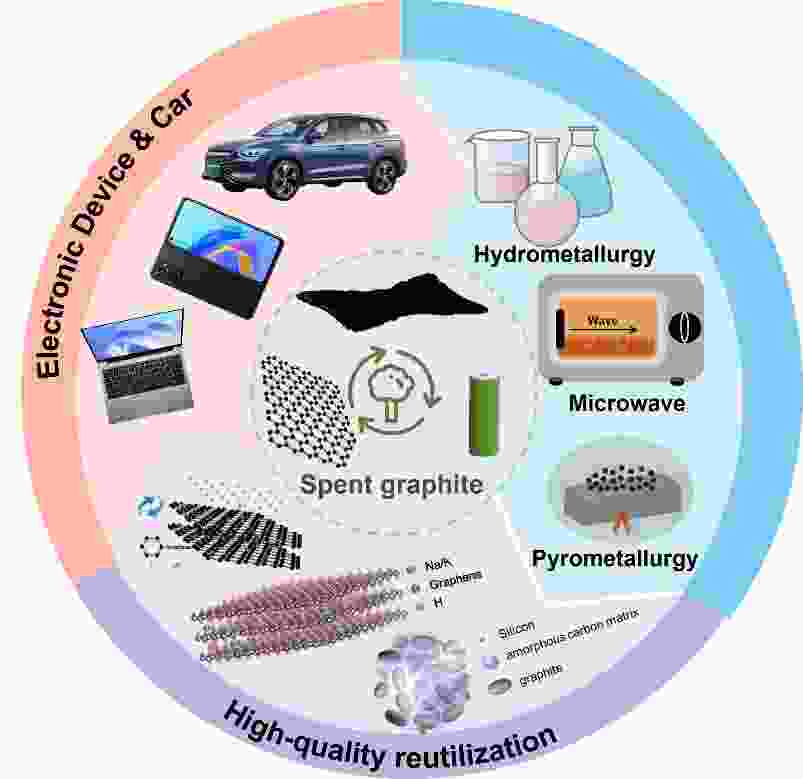
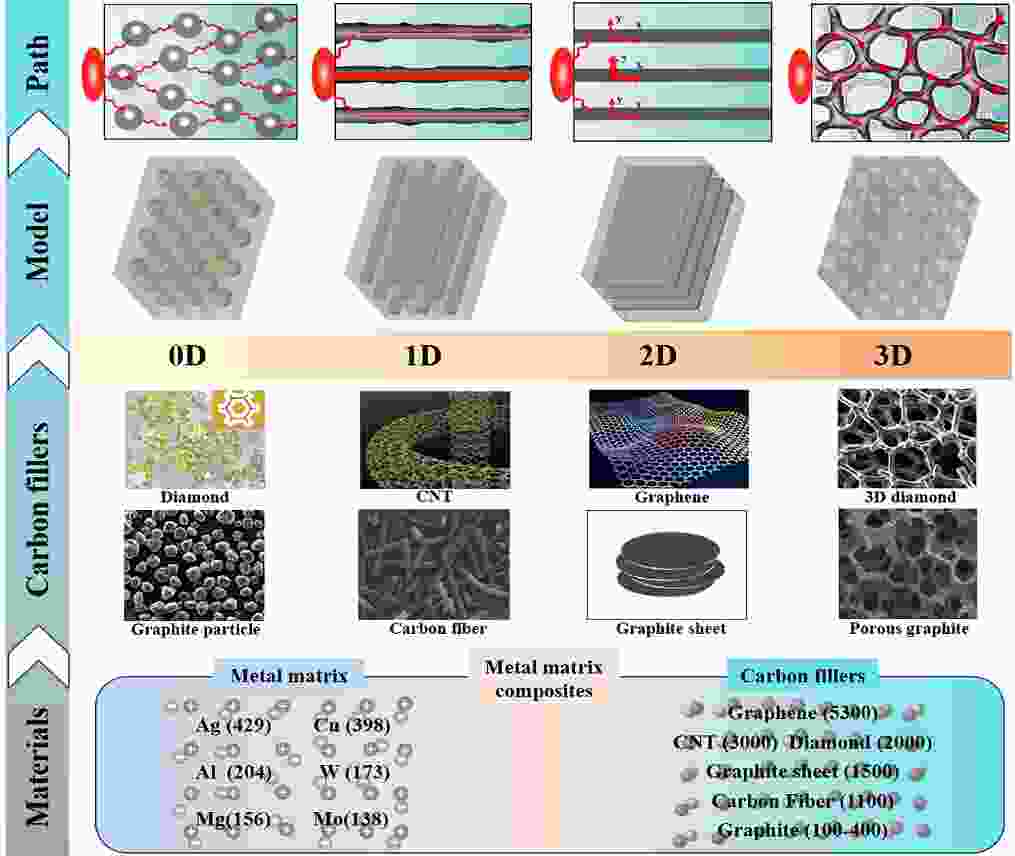
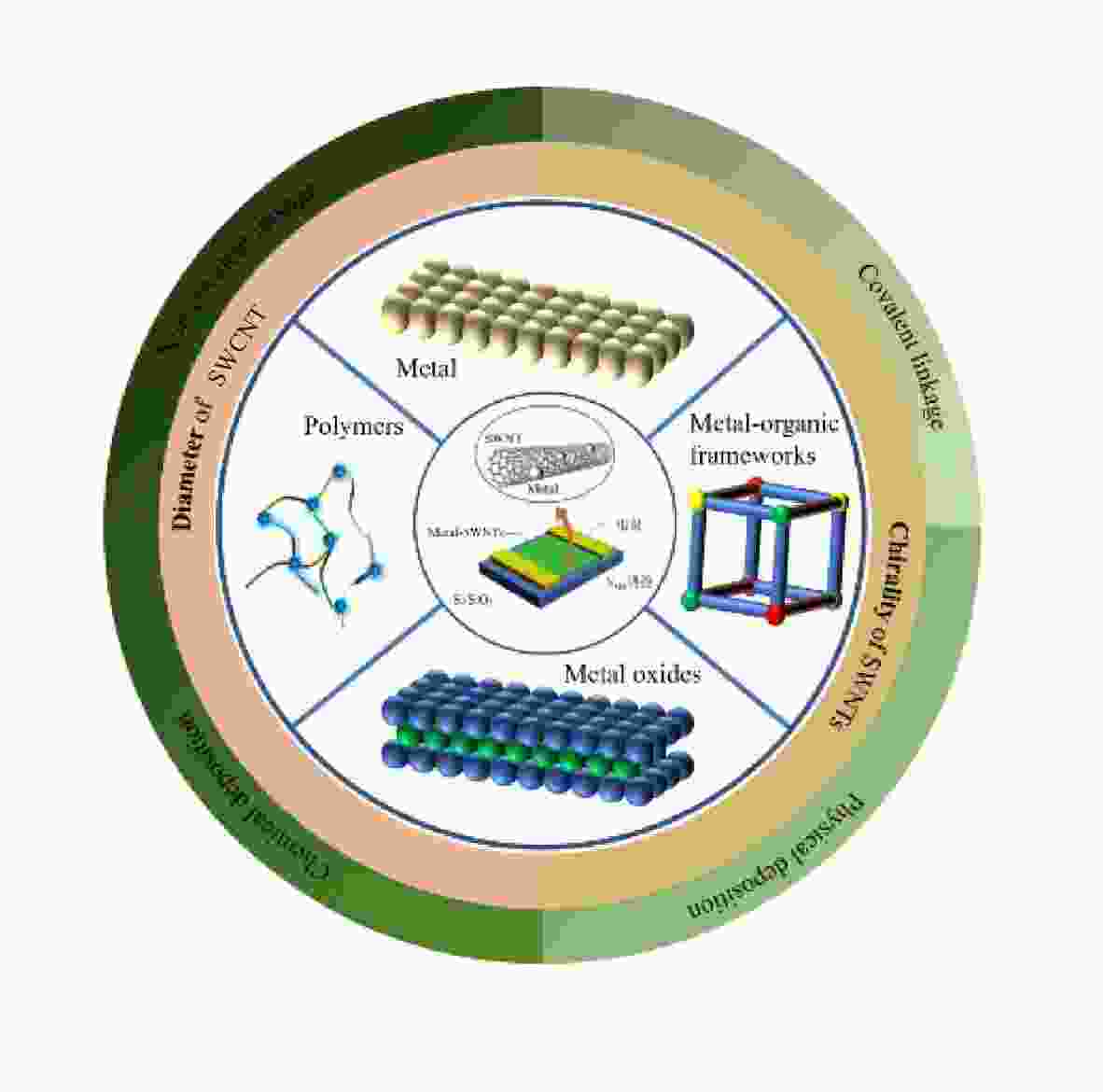

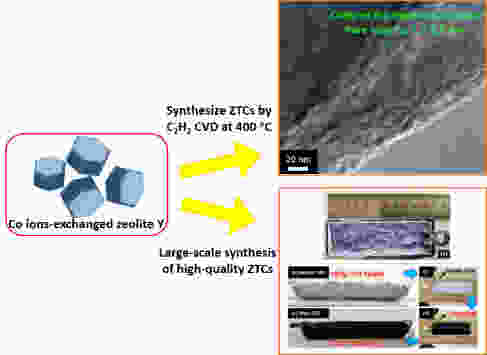
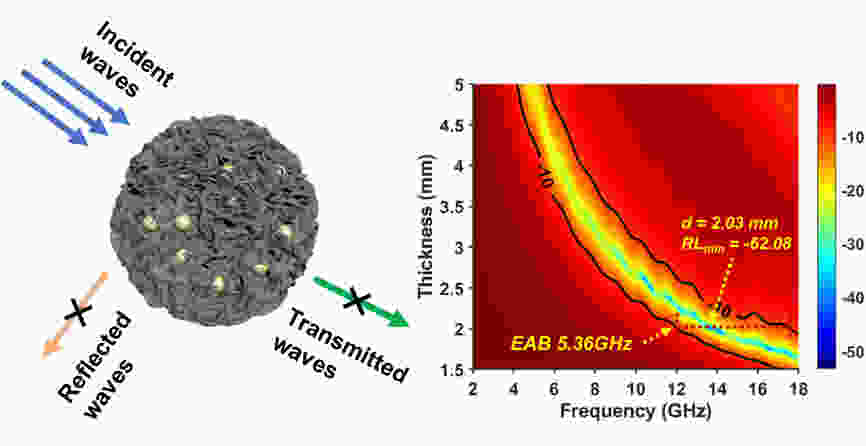
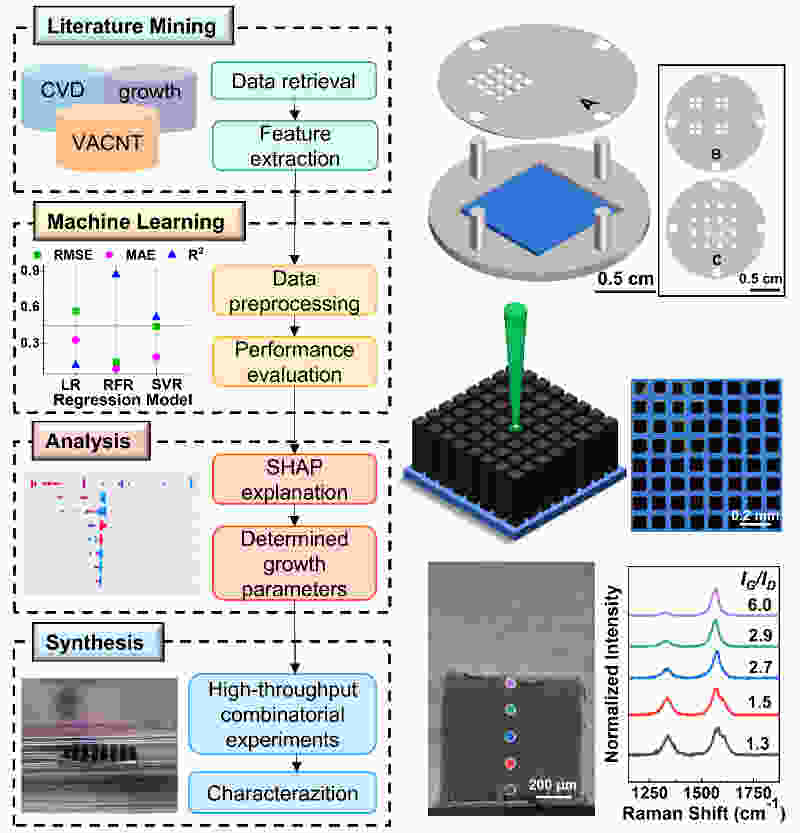
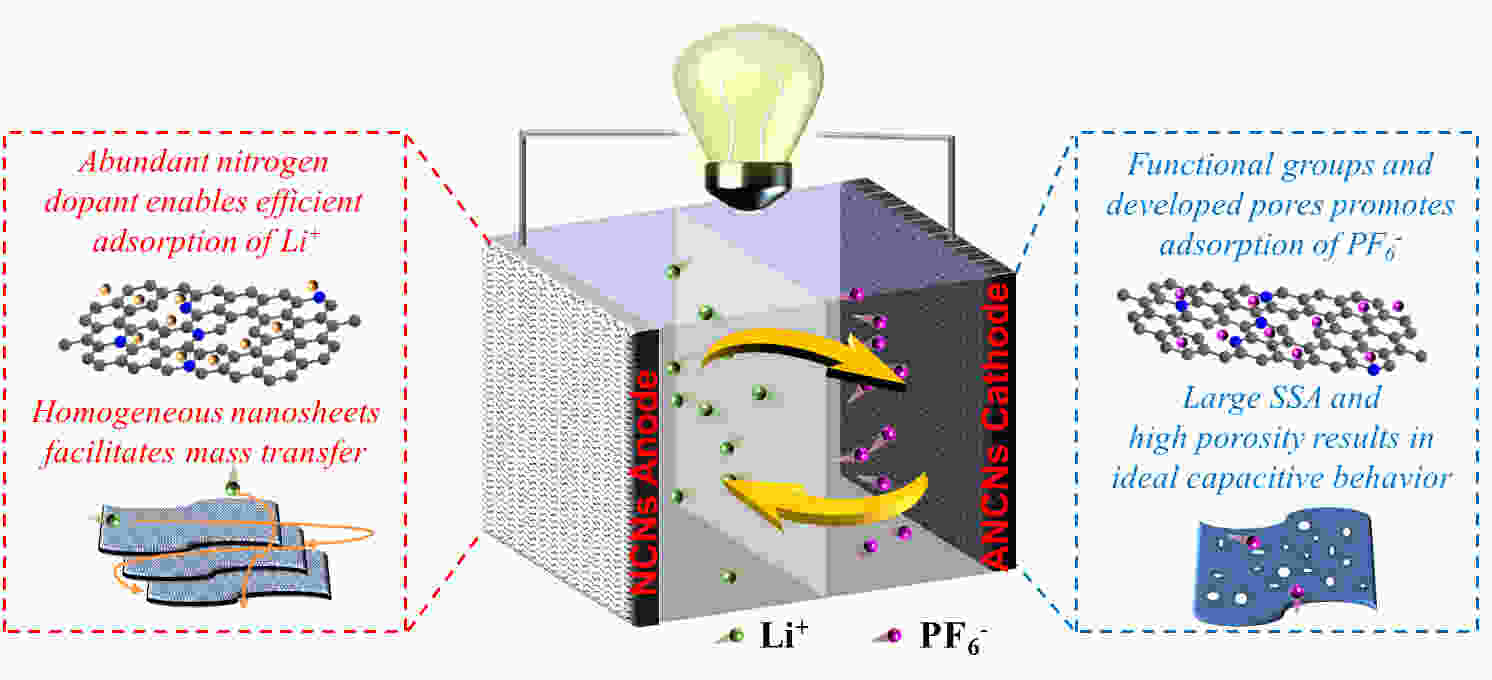
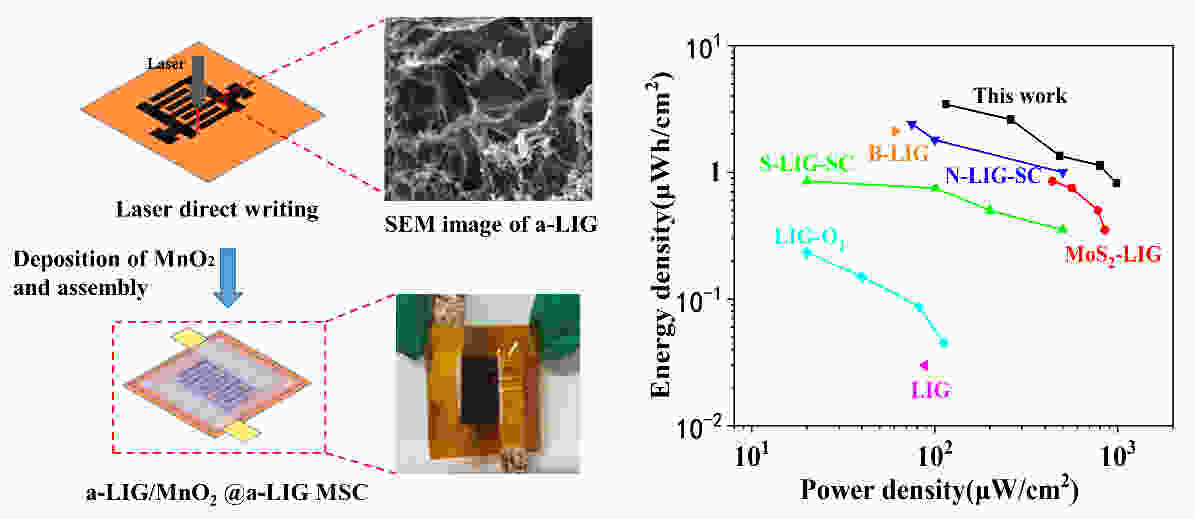
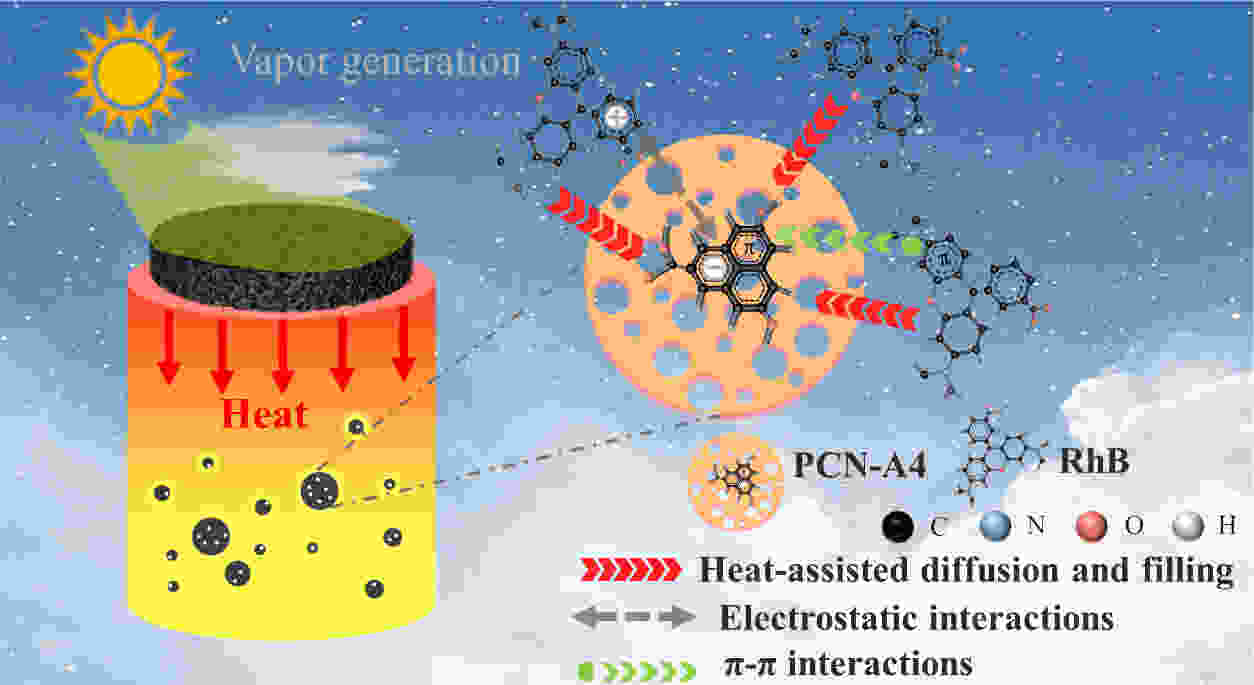
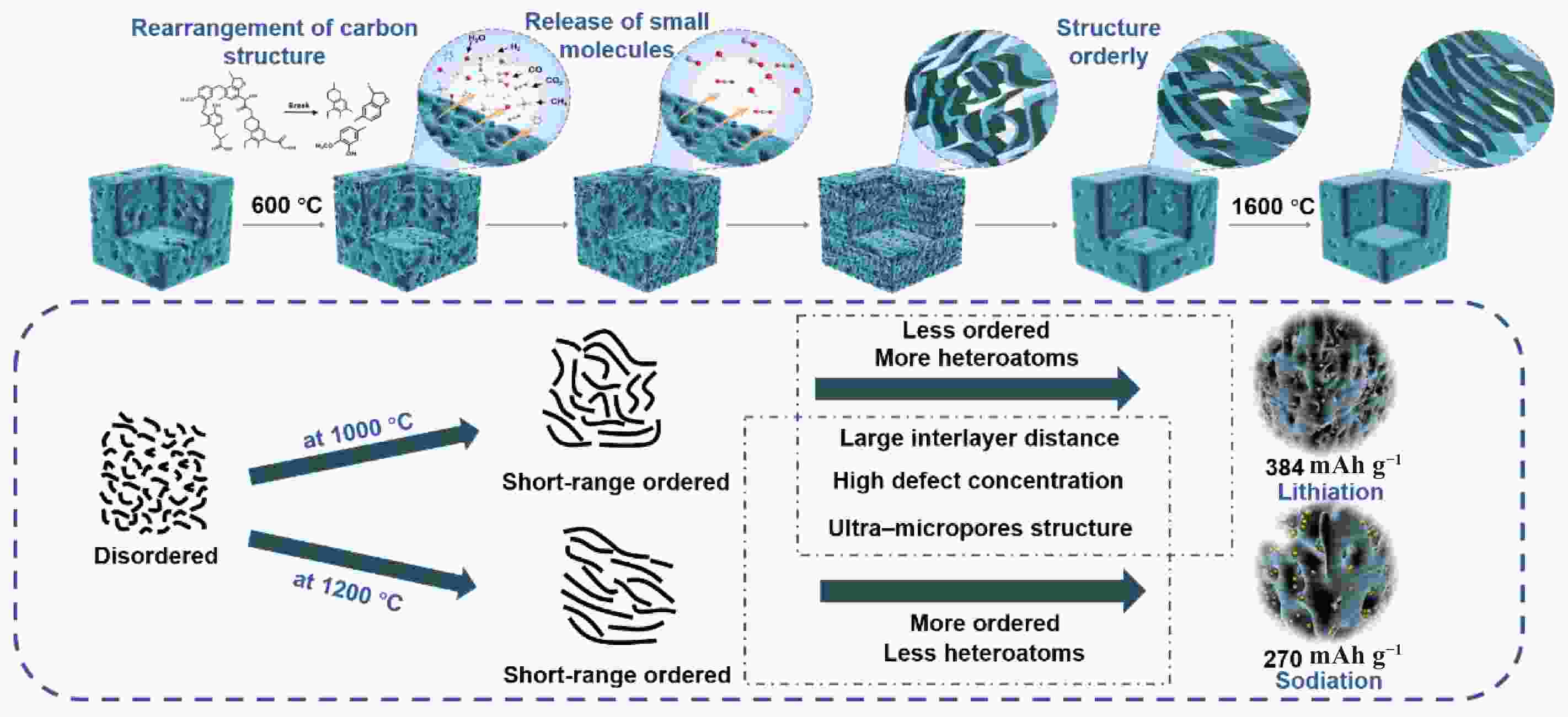
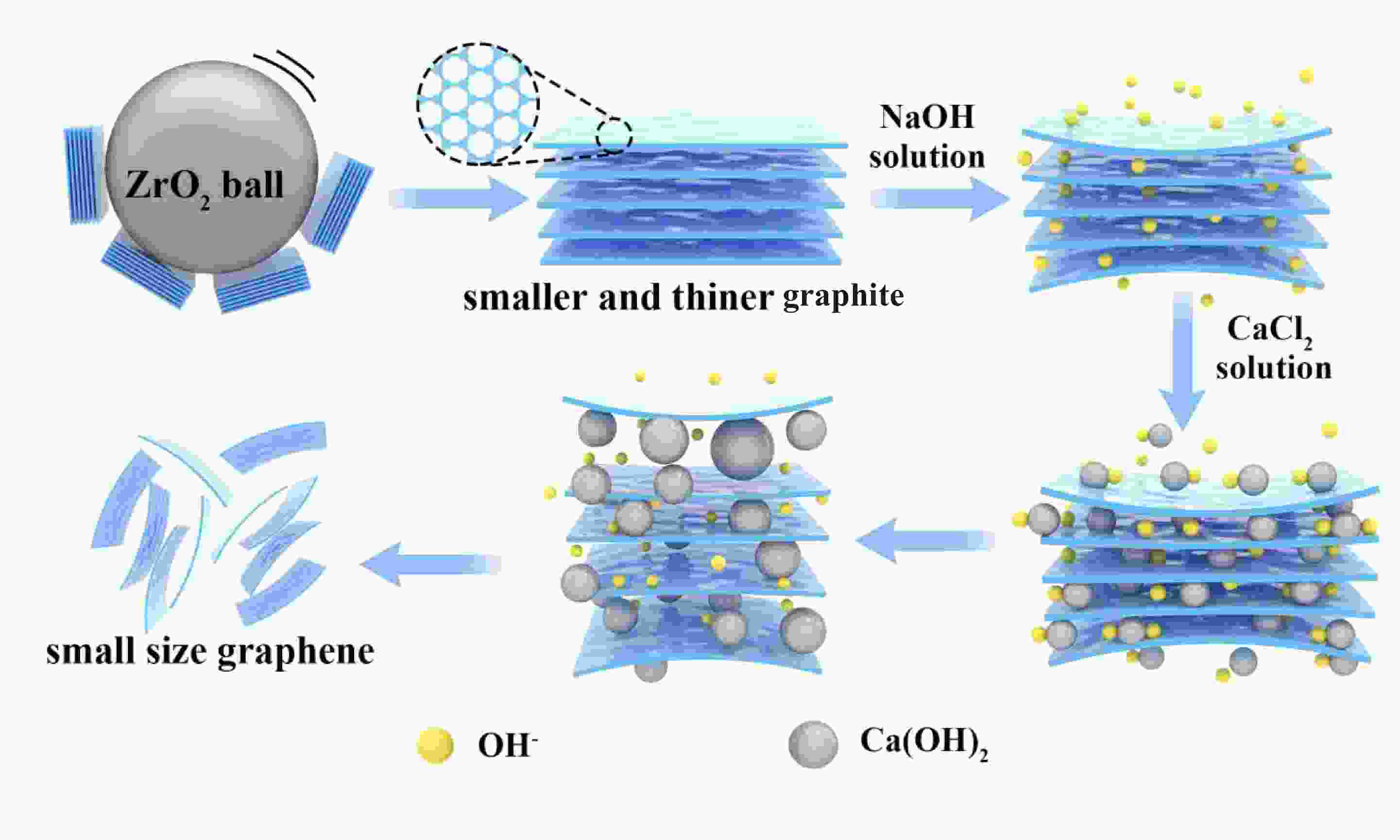
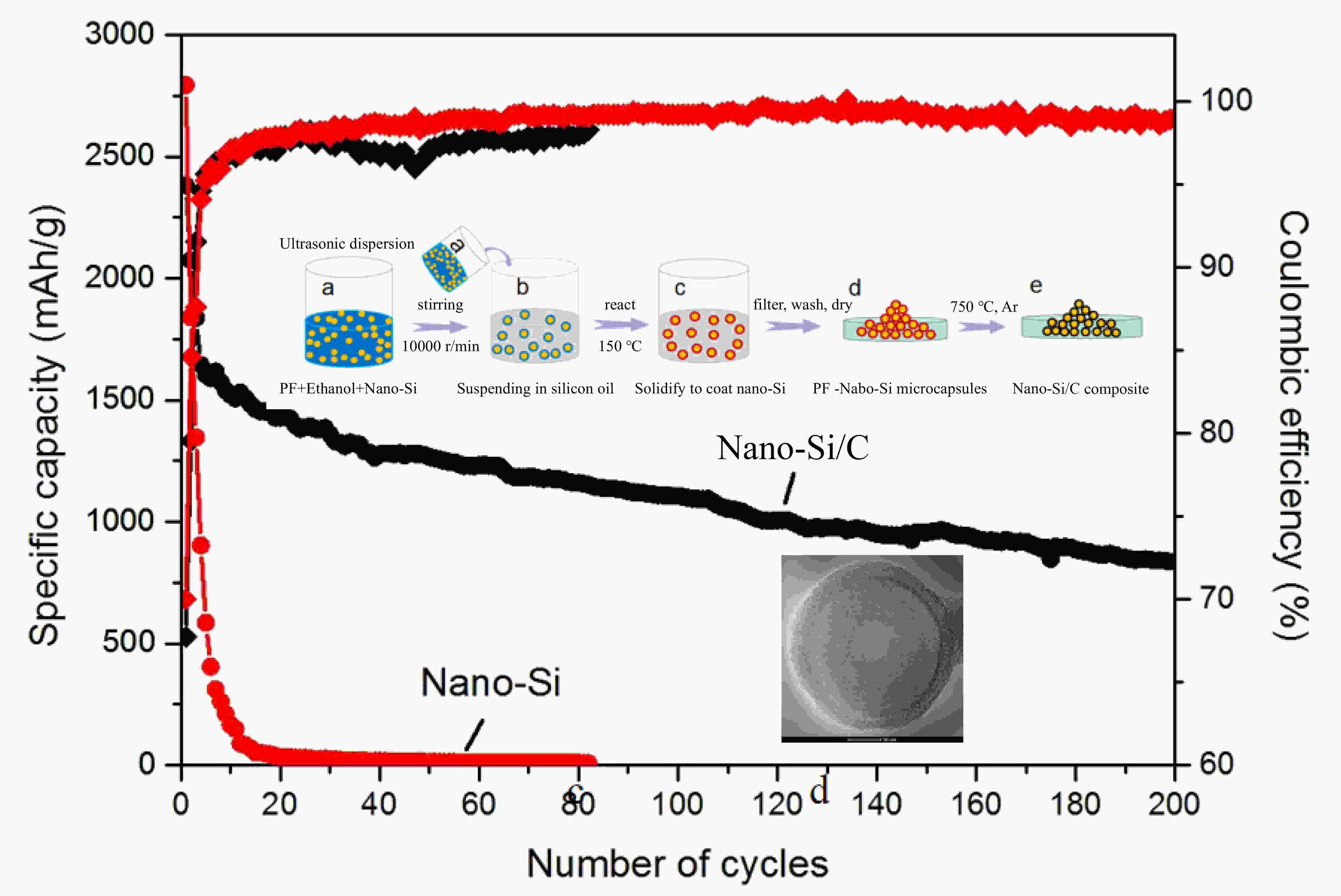
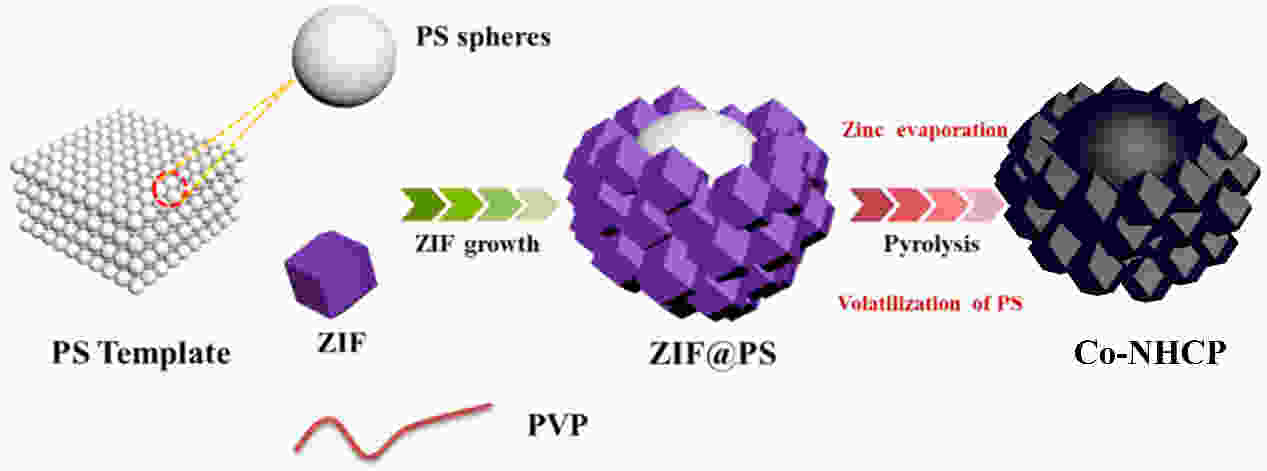
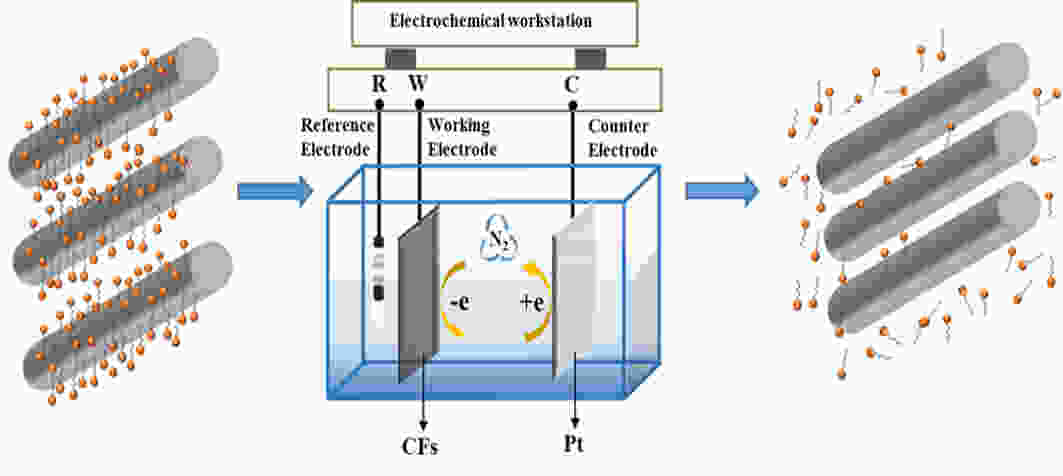


 虚拟专题
虚拟专题

 邮件订阅
邮件订阅 RSS
RSS 下载中心
下载中心 友情链接
友情链接

